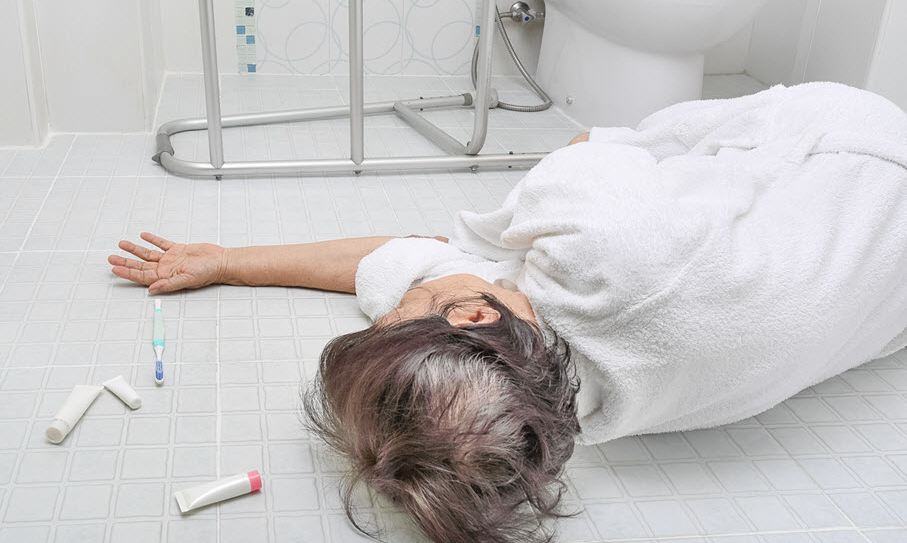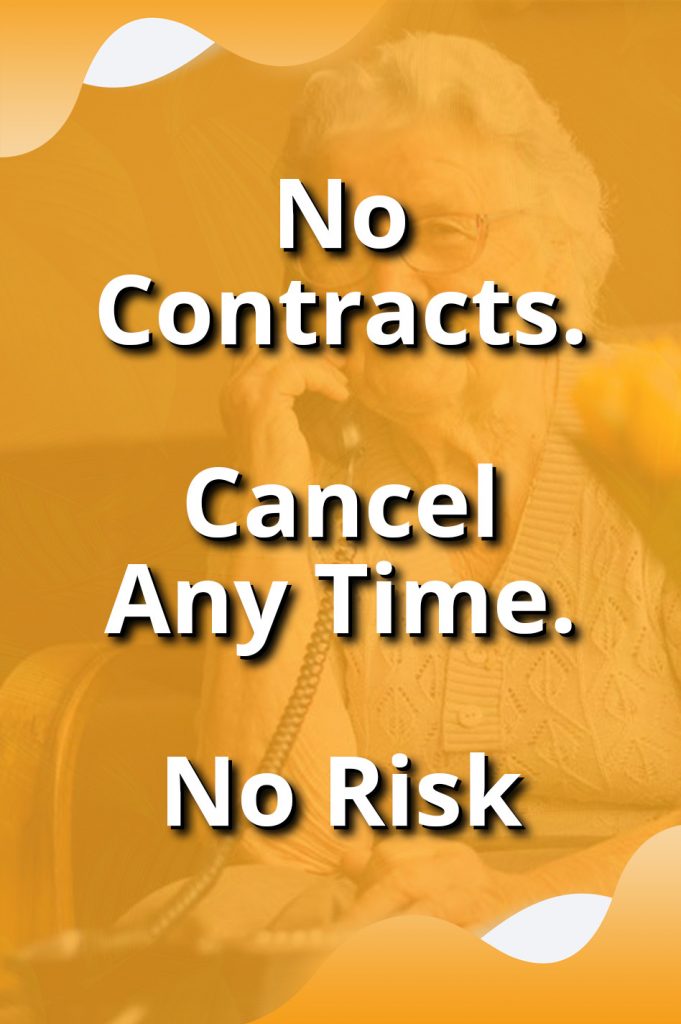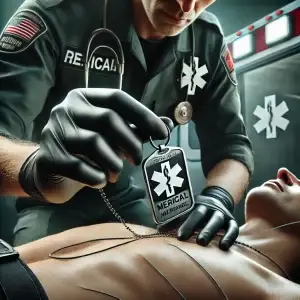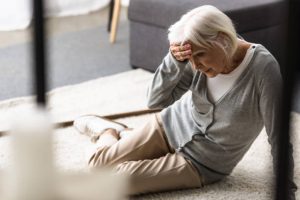9 Ways to Prevent Falling at Home – Everyday Health A few simple home improvement projects can make all the difference in keeping you and your loved ones safe from dangerous falls.
9 Ways to Prevent Falling at Home – By Wyatt Myers Medically Reviewed by Lindsey Marcellin, MD, MPH
Adding rails and grab bars to places that are slippery when wet is an easy way to prevent falls.
- Nearly a third of U.S. seniors fall each year.
- About half of all falls requiring hospitalization take place at home.
- Preventing falls starts with wearing shoes and picking up clutter.
One out of three seniors will fall this year, but fewer than half of them will talk with their doctors about it, according to the Centers for Disease Control and Prevention. Falls are also the No. 1 cause of injuries in seniors, resulting in hip fractures, cuts, and even serious head and brain injuries that can be fatal. And even when there’s no serious injury, a fall can still be so frightening that seniors may avoid certain activities because they’re afraid they’ll fall again.
Whether it’s slippery floors, rickety stairs, or electrical cords, some of the most common causes of falls are in the home where you might have a false sense of security. That’s why fall prevention starts with creating a safe living space.
There a number of sectors of the community who are more prone to falls e.g. Communities which are affected by Parkinson’s Disease (resource), Epilepsy, Arrhythmias, Strokes and more
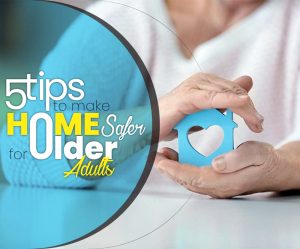 Click on Picture for 5 Tips To Make Home Safer For Older Adults
Click on Picture for 5 Tips To Make Home Safer For Older Adults
It’s Too Late When They’ve …
It’s Too Late When They’ve …
- tripped and fallen, in the middle of the night and or no one is around
- the phone not where it can be reached
- died as a result of lying on the floor for days or even weeks unnoticed.
- tripped and fallen, in the middle of the night and or no one is around
- the phone not where it can be reached
- died as a result of lying on the floor for days or even weeks unnoticed.
How will you find out?
How will you find out?
This doesn’t have to involve a complete house remodel. You can make your home safe from falls with just a few basic changes. Senior care experts offer the following advice for preventing falls at home:
- Clean up clutter. The easiest method for preventing falls is to keep your home neat and tidy. Remove all clutter, such as stacks of old newspapers and magazines, especially from hallways and staircases.
- Repair or remove tripping hazards. Sometimes home fixtures can contribute to falls, which can then lead to back pain and other injuries. Examine every room and hallway, looking for items such as loose carpet, slippery throw rugs, or wood floorboards that stick up. Then repair, remove, or replace those items for more effective fall prevention.
- Install grab bars and handrails. These safety devices are crucial for going up and down stairs, getting on and off the toilet, and stepping in and out of the bathtub without injuring yourself. Gary Kaplan, DO, founder and medical director of the Kaplan Center for Integrative Medicine in McLean, Virginia, suggests installing grab bars by toilets and bathtubs and handrails in stairways and hallways. Have a handyman or family member help with this if necessary.
- Avoid wearing loose clothing. You want to feel comfortable at home, but baggy clothes can sometimes make you more likely to fall. Opt for better-fitting and properly hemmed clothing that doesn’t bunch up or drag on the ground.
- Light it right. Inadequate lighting is another significant hazard. To create a home that’s more suitable for the elderly, install brighter light bulbs where needed, particularly in stairways and narrow hallways. Robert Bunning, MD, associate medical director of inpatient services at MedStar National Rehabilitation Hospital in Washington, D.C., also recommends adding night lights in bedrooms and bathrooms for better guidance at night.
- Wear shoes. Socks may be comfortable, but they present a slipping risk. Preventing falls at home can be as simple as wearing shoes. You can also purchase non-slip socks that have grips on the soles of the feet if the shoes are too uncomfortable.
- Make it nonslip. Bathtubs and showers, as well as floors in kitchens, bathrooms, and porches, can become extremely dangerous when wet. To prevent falls on slick surfaces, Dr Kaplan recommends nonslip mats.
- Live on one level. Even with precautions like guardrails, stairs can present a significant falling hazard. “If possible, live on one level,” says Kaplan. “Otherwise be extra-careful when you negotiate stairs.” If it’s not possible to live on one level, try to limit the trips you take up and down the stairs.
- Move more carefully. Dr Bunning explains that many people fall at home by moving too quickly from a sitting to a standing position and vice versa. Preventing falls like this is as easy as taking your time. “All you have to do is pause after going from lying down to sitting and from sitting to standing,” he says. “Also take a pause before using the railing on stairs, whether going up or down.”
For the elderly, fall prevention means injury prevention. Ask your loved ones to help you ensure that your rooms and stairways are clutter-free and well-equipped with lighting, handrails, grab bars, and nonslip mats to help you avoid falling — all of which can go a long way toward keeping you safe in your home.
Irene, our founder, is discussing things you can do towards fall prevention in seniors. So If you’re searching for at least 9 Ways to Prevent Falling at Home then watch this video now to learn everything about 9 Ways to Prevent Falling at Home
Diana Rodriguez also contributed to this report.

